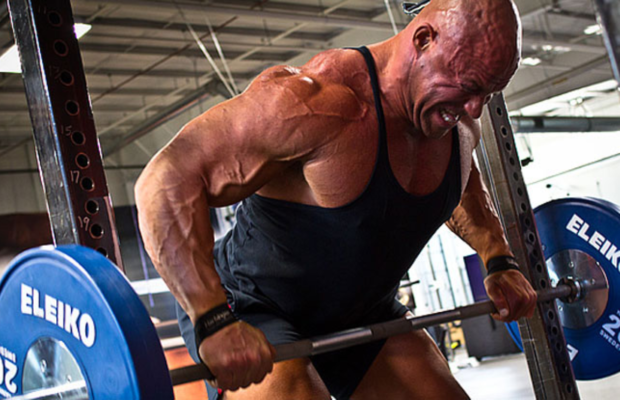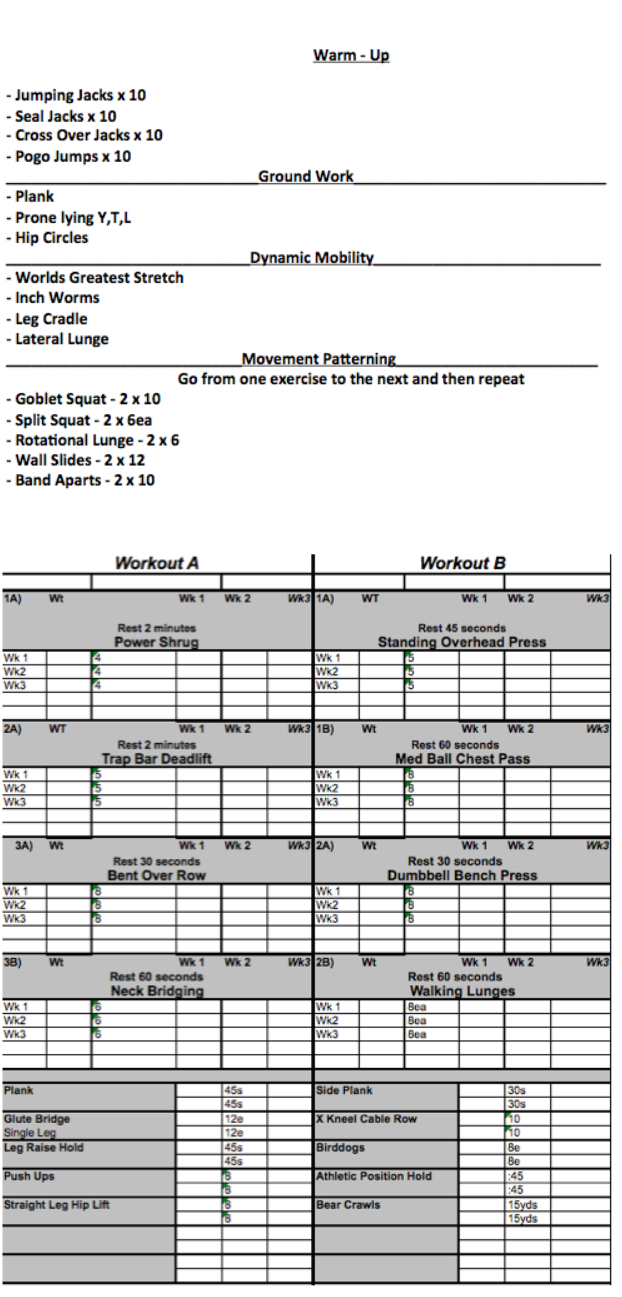Quickly Build Muscle for Football

By Bill Rom
Football isn’t just a contact sport; it is a collision sport. The impact of the hits during a football game has been compared to being in a car accident. When dealing with this kind of force, our bodies must develop thick muscle—not only to excel, but to stay on the field day in and day out.
Here are some rules for quickly building muscle for football.
1. Follow the 80/20 rule for lifting
It’s important to focus on the 20 percent of exercises that produce 80 percent of the results. For football, those exercises are the Hang Clean, the Deadlift, the Overhead Press and the Bent-Over Row.
Are these the only exercises you need? Of course not. There are dozens of variations and auxiliary exercises that complete a program. We just want to spend our greatest efforts on the big-bang exercises.
2. Pay attention to these rules for sets and reps
Football requires both immense strength and significant muscle mass. Here are some simple rules for gaining mass.
- If training three to four days per week, keep the sets to no more than three per exercise, per session.
- Spend the greatest portion of your time between five and eight reps. This is a perfect blend of strength and volume to create new muscle.
- The lower your reps, the more time you need to rest.
3. Eat to add mass
If you want to add muscle mass, you need to consume about 19 calories per pound of body weight per day. For an athlete who weighs 180 pounds, that comes to roughly 3,420 calories.
Measure what you are eating and adjust accordingly until your weight improves.
4. Train to gain
The following is an A/B split program designed for three to four days per week. Pay special attention to the top left corner of each box, as some of these exercises are paired. For example, 1A and 2A are two discrete exercises done separately, but 1A and 1B are an alternating set and should be done in that order for each set.
Do the warm-up every day. Start at the top and work your way down. Doing a warm-up not only improves performance but can also reduce your risk of injury and decrease the time it takes to master certain movement patterns.
